Home>Home Appliances>Home Automation Appliances>What Is The L Wire On A Thermostat
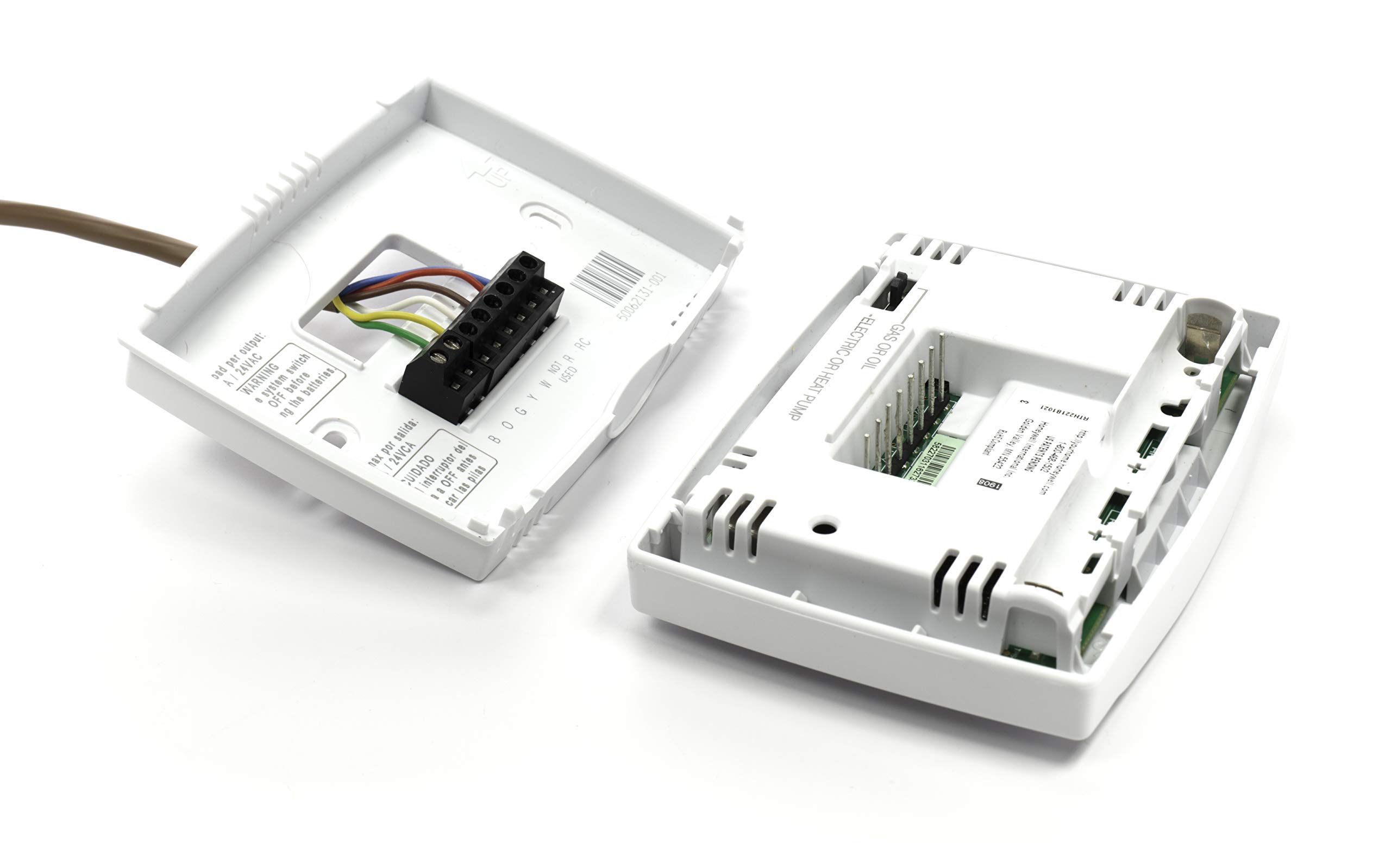

Home Automation Appliances
What Is The L Wire On A Thermostat
Modified: May 6, 2024
Learn about the purpose and function of the L wire on a thermostat in your home automation appliances. Understand its importance and how it contributes to efficient temperature control.
(Many of the links in this article redirect to a specific reviewed product. Your purchase of these products through affiliate links helps to generate commission for Storables.com, at no extra cost. Learn more)
Introduction
Welcome to the world of home automation, where modern technology seamlessly integrates with everyday life to enhance comfort, convenience, and energy efficiency. In this era of smart homes, thermostats play a pivotal role in regulating indoor climate control, ensuring optimal comfort while minimizing energy consumption.
Understanding the intricate wiring of thermostats is essential for homeowners and technicians alike. The "L" wire, often a source of curiosity and confusion, holds significance in thermostat installations, warranting a closer look at its function and implications.
In this comprehensive guide, we delve into the enigmatic "L" wire on a thermostat, shedding light on its purpose, significance, and common issues. By demystifying this aspect of thermostat wiring, we aim to empower you with the knowledge needed to optimize the performance of your home heating and cooling systems.
Join us on this illuminating journey through the realm of thermostat technology, where we unravel the mysteries of the "L" wire and equip you with valuable insights to navigate the world of home automation with confidence.
Key Takeaways:
- The “L” wire on a thermostat is crucial for providing power to the thermostat, ensuring it can maintain settings and operate effectively, enhancing comfort and energy efficiency in homes.
- Understanding the “L” wire’s role and potential issues empowers homeowners and technicians to troubleshoot and maintain reliable thermostat operation, fostering a deeper appreciation for home automation technology.
Read more: What Is The Orange Wire On A Thermostat
Understanding Thermostat Wiring
Thermostat wiring forms the foundation of an efficient heating, ventilation, and air conditioning (HVAC) system, serving as the communication pathway between the thermostat and the HVAC equipment. By understanding the intricacies of thermostat wiring, homeowners and technicians can ensure the seamless operation of their HVAC systems, optimizing comfort and energy efficiency.
Thermostat wiring typically consists of a set of color-coded wires, each serving a specific function in the overall system. These wires are responsible for transmitting signals from the thermostat to the HVAC equipment, instructing it to initiate heating, cooling, or fan operations based on the desired temperature settings.
The standard color-coding for thermostat wires includes:
- Rh or R (Red)
- Y (Yellow)
- G (Green)
- W (White)
- C (Common)
Understanding the roles of these wires is crucial for proper thermostat installation and troubleshooting. The "L" wire, while not as commonly discussed as the aforementioned wires, holds its own significance in the realm of thermostat wiring, warranting a closer examination of its purpose and implications.
With a foundational understanding of thermostat wiring in place, we can now delve into the intriguing world of the "L" wire on a thermostat, unraveling its role and shedding light on its impact on HVAC system functionality.
The “L” Wire on a Thermostat
Amidst the array of color-coded wires that comprise thermostat wiring, the enigmatic "L" wire stands out as a point of curiosity and intrigue. Unlike the more commonly discussed wires such as Rh, Y, G, W, and C, the "L" wire may not be present in all thermostat installations, adding an element of mystery to its significance.
The "L" wire, often labeled as such or designated with a different letter depending on the thermostat model, serves a unique function in the overall wiring scheme. While its role may vary based on the specific thermostat model and HVAC system configuration, the "L" wire generally pertains to the power supply for the thermostat.
Typically, the "L" wire connects to the power source, providing the necessary voltage for the thermostat to function effectively. In some thermostat configurations, especially those involving older systems or specific HVAC setups, the "L" wire may serve as the power supply for certain thermostat functions, contributing to the overall control and operation of the HVAC system.
It is important to note that the presence and function of the "L" wire can vary based on the specific thermostat model and the HVAC system it controls. Therefore, consulting the thermostat manual or seeking professional assistance is advisable to accurately identify the role of the "L" wire in a particular installation.
As we unravel the mysteries of thermostat wiring, the "L" wire emerges as a distinct component, playing a crucial role in powering and enabling the functionality of the thermostat within the broader HVAC system architecture.
The “L” wire on a thermostat is typically the power supply wire, providing constant power to the thermostat to keep it running. Make sure to turn off the power before working with any thermostat wires.
Purpose of the “L” Wire
The “L” wire on a thermostat serves a pivotal role in providing the necessary power supply for the effective operation of the thermostat within the HVAC system. As part of the intricate network of thermostat wiring, the “L” wire ensures that the thermostat receives the essential voltage required to facilitate temperature control, system mode selection, and other critical functions.
One of the primary purposes of the “L” wire is to deliver constant power to the thermostat, enabling it to maintain its internal settings, display, and memory functions. This continuous power supply ensures that the thermostat remains operational and retains programmed settings even when the HVAC system is not actively heating or cooling the space.
Moreover, the “L” wire may also play a role in powering specific features or components within the thermostat, such as backlighting, Wi-Fi connectivity modules, or other auxiliary functions that enhance the user experience and functionality of modern thermostats.
Understanding the purpose of the “L” wire is crucial for homeowners and technicians, as it underscores the importance of ensuring a stable and reliable power supply to the thermostat. Without the “L” wire fulfilling its role, the thermostat may experience intermittent functionality, display issues, or a complete loss of power, thereby disrupting the seamless operation of the HVAC system.
As the backbone of the thermostat’s power infrastructure, the “L” wire embodies the essential link between the electrical system and the thermostat, enabling it to fulfill its critical role in regulating indoor climate control and optimizing energy efficiency.
By grasping the significance of the “L” wire and its role in powering the thermostat, homeowners and HVAC professionals can appreciate the intricate interplay of wiring components that contribute to the seamless functioning of modern heating and cooling systems.
Common Issues with the “L” Wire
While the “L” wire plays a crucial role in powering the thermostat and ensuring its seamless operation within the HVAC system, it is not immune to potential issues that can impact its functionality. Understanding the common issues associated with the “L” wire is essential for diagnosing and resolving problems that may arise in thermostat installations.
One prevalent issue related to the “L” wire involves power supply disruptions, which can manifest as intermittent display malfunctions, unresponsive controls, or complete shutdown of the thermostat. These disruptions may stem from wiring faults, electrical system issues, or compatibility challenges between the thermostat and the HVAC equipment.
In some cases, the “L” wire may encounter connectivity issues, leading to a loss of power transmission to the thermostat. This can result in erratic behavior, including the inability to maintain programmed settings, erratic temperature readings, or an unresponsive interface, hampering the user’s ability to effectively control the HVAC system.
Furthermore, compatibility issues between the “L” wire and the power source can give rise to voltage irregularities, potentially causing the thermostat to operate erratically or exhibit inconsistent performance. Ensuring proper compatibility and voltage stability is crucial for mitigating such issues and maintaining the reliable operation of the “L” wire.
In older HVAC systems or non-standard wiring configurations, the “L” wire may face challenges related to outdated infrastructure or incompatible power delivery mechanisms. This can necessitate retrofitting or reconfiguring the wiring to ensure seamless integration and reliable power supply to the thermostat.
Addressing these common issues with the “L” wire requires meticulous troubleshooting, adherence to wiring standards, and, in some cases, professional intervention to rectify underlying electrical or compatibility issues. By proactively identifying and resolving these challenges, homeowners and technicians can safeguard the functionality of the “L” wire and uphold the optimal performance of the thermostat within the broader HVAC ecosystem.
Understanding the potential pitfalls associated with the “L” wire empowers individuals to navigate the complexities of thermostat wiring with confidence, fostering a deeper appreciation for the critical role that each wire plays in sustaining the comfort and efficiency of modern home heating and cooling systems.
Read more: What Is The “Y” Wire On A Thermostat
Conclusion
As we conclude our exploration of the enigmatic “L” wire on a thermostat, we have gained valuable insights into its pivotal role in powering and enabling the functionality of this essential home automation component within the HVAC system architecture.
Thermostat wiring, with its array of color-coded wires each serving a specific function, forms the backbone of efficient heating, ventilation, and air conditioning systems. The “L” wire, while less commonly discussed than its counterparts, holds significant importance in providing the essential power supply for the thermostat, ensuring its continuous operation and facilitating critical functions such as temperature control and system mode selection.
Understanding the purpose of the “L” wire, along with the potential issues that may arise, empowers homeowners and technicians to navigate the complexities of thermostat installations with confidence. By recognizing the significance of each wire, including the often-mysterious “L” wire, individuals can proactively troubleshoot and maintain the reliable operation of their HVAC systems.
As technology continues to advance, the role of the “L” wire may evolve to accommodate new features and functionalities in modern thermostats, further underscoring its relevance in the realm of home automation and energy management.
With this newfound understanding of the “L” wire and its implications, we invite you to embark on a journey of exploration and discovery within the realm of home automation, where the seamless integration of technology and comfort awaits. By harnessing the knowledge gleaned from our exploration, you are poised to optimize the performance of your home heating and cooling systems, embracing the transformative potential of thermostat wiring and the enigmatic “L” wire.
As you venture forth in your quest for enhanced comfort, energy efficiency, and technological innovation, may the “L” wire stand as a symbol of empowerment and understanding, illuminating the path toward a harmonious union of modern living and intelligent home automation.
Eager to step up your home's tech game? Our latest review on home automation systems for 2024 offers a comprehensive look at devices that will transform your living space into a smarter, more efficient haven. Discover setups that fit seamlessly with your lifestyle, ensuring comfort is always at your fingertips. Don't miss out on making your home both smart and stylish!
Frequently Asked Questions about What Is The L Wire On A Thermostat
Was this page helpful?
At Storables.com, we guarantee accurate and reliable information. Our content, validated by Expert Board Contributors, is crafted following stringent Editorial Policies. We're committed to providing you with well-researched, expert-backed insights for all your informational needs.
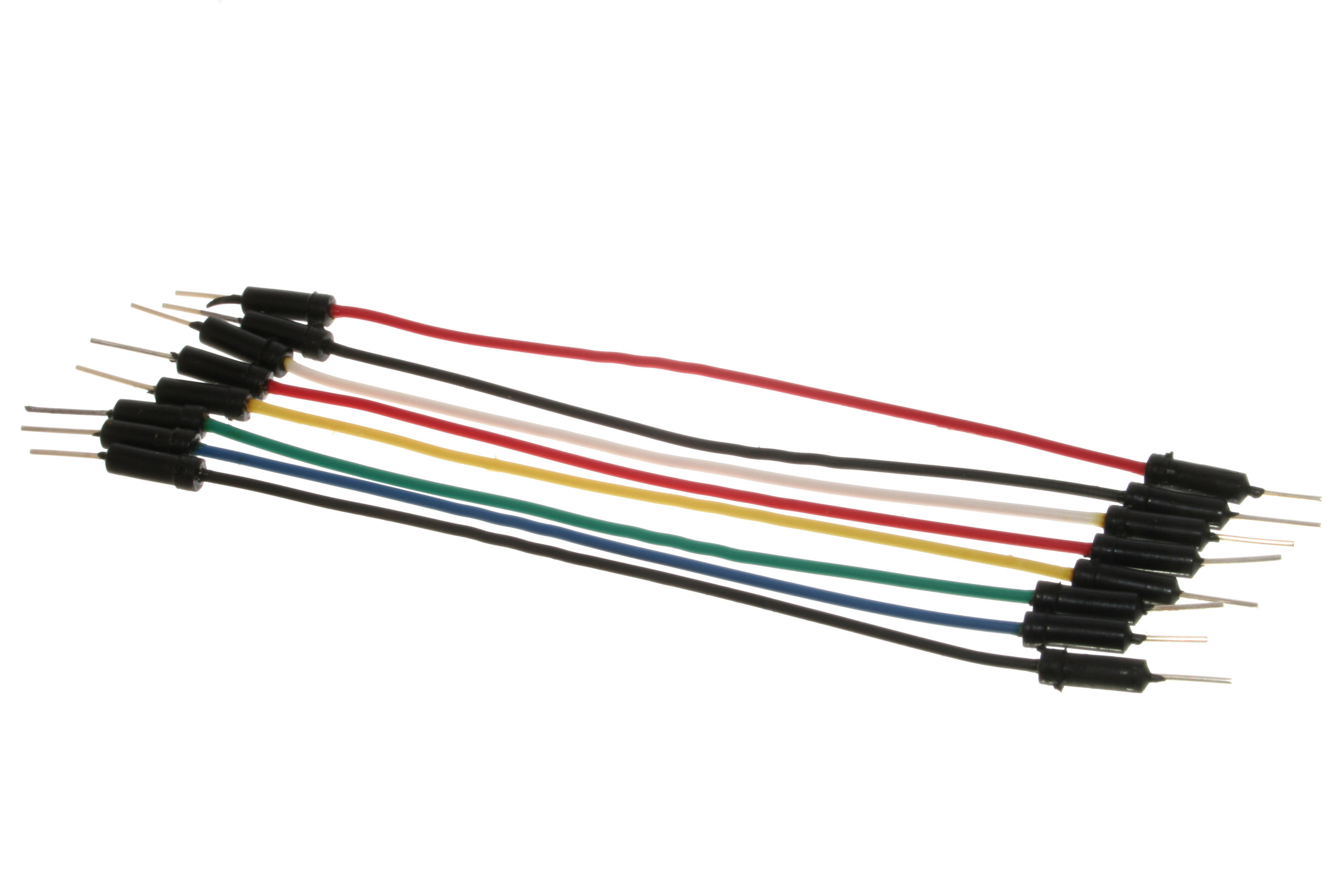
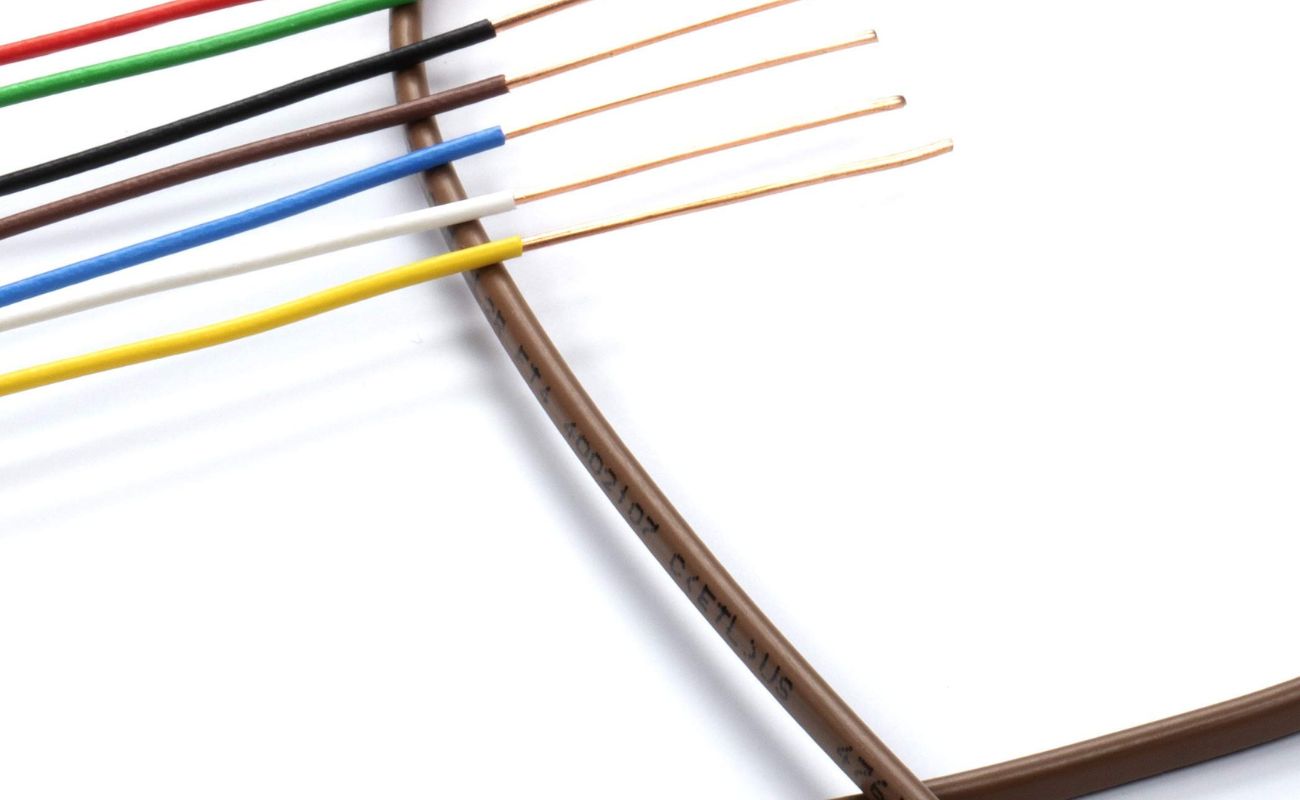
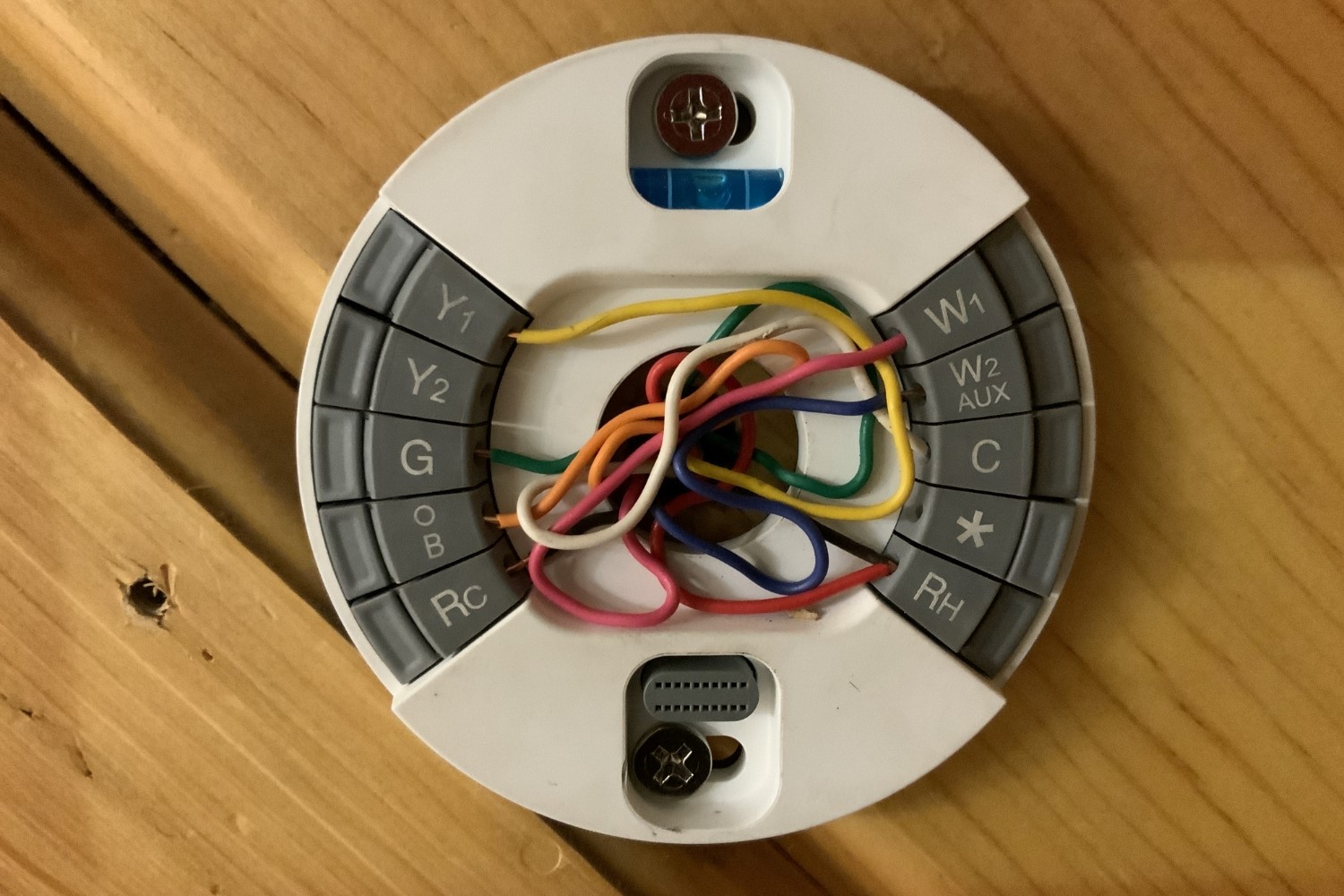
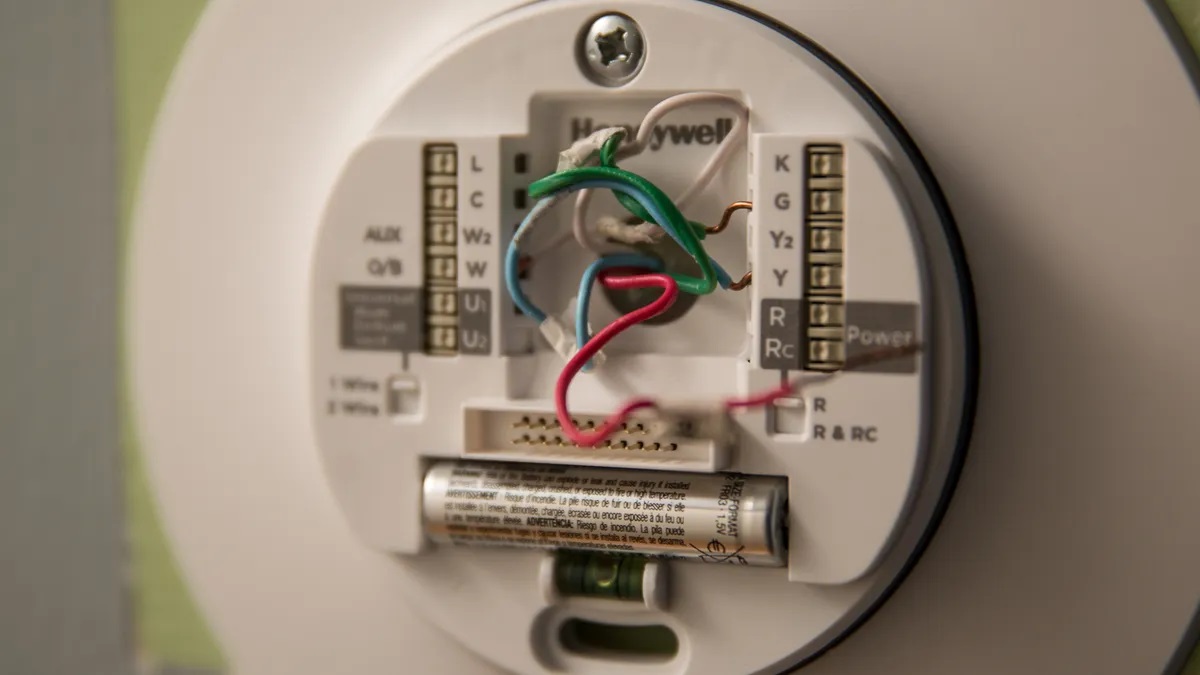
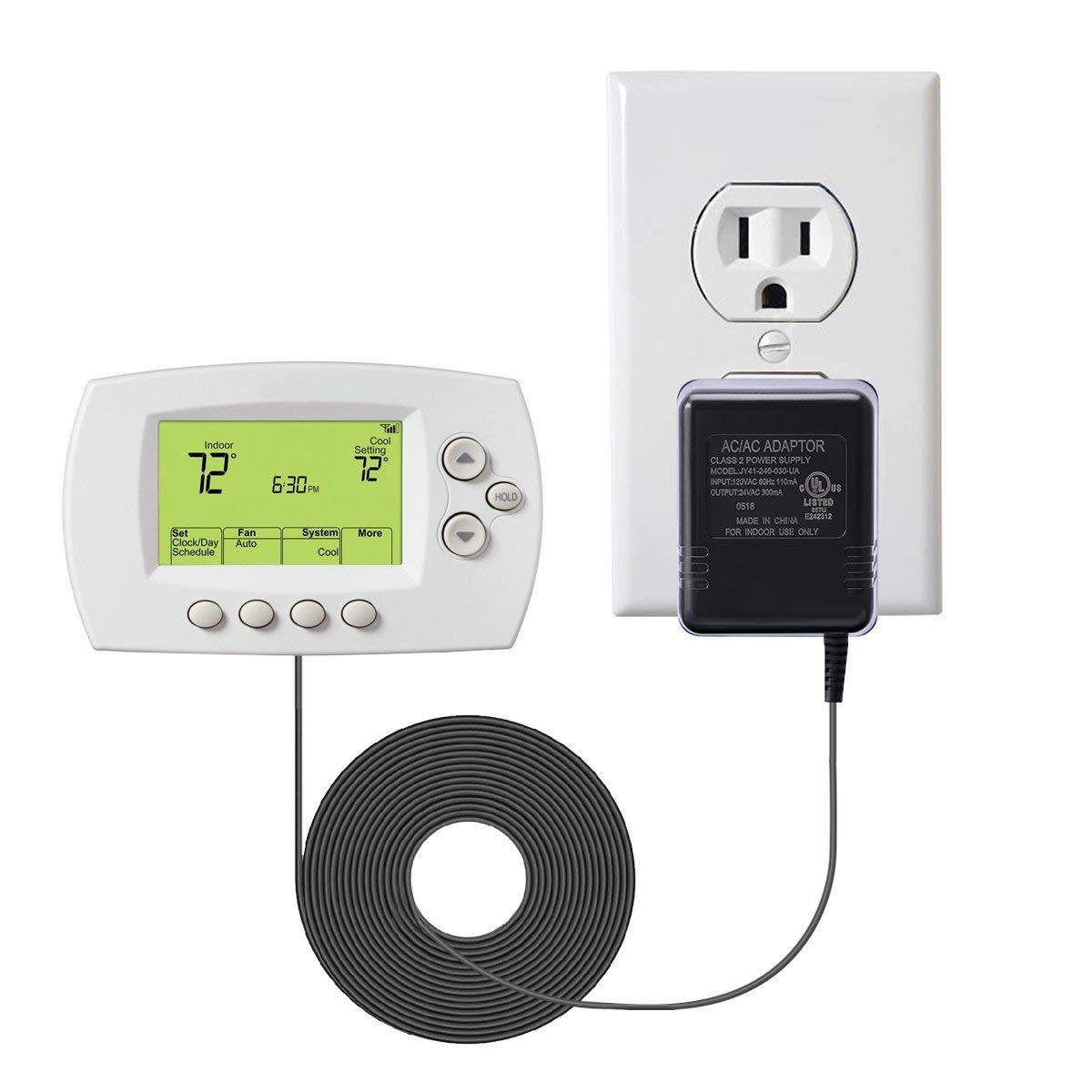
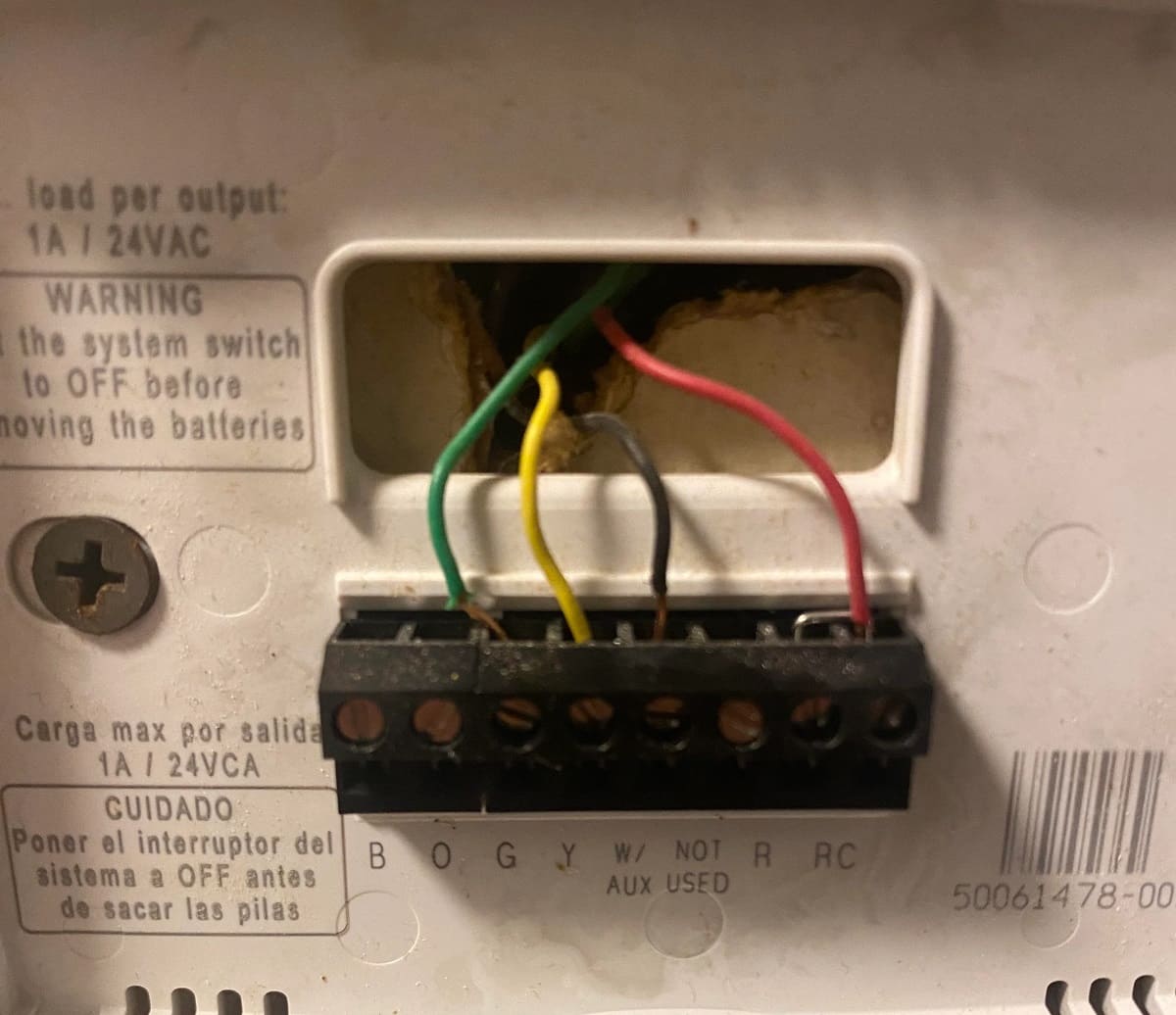
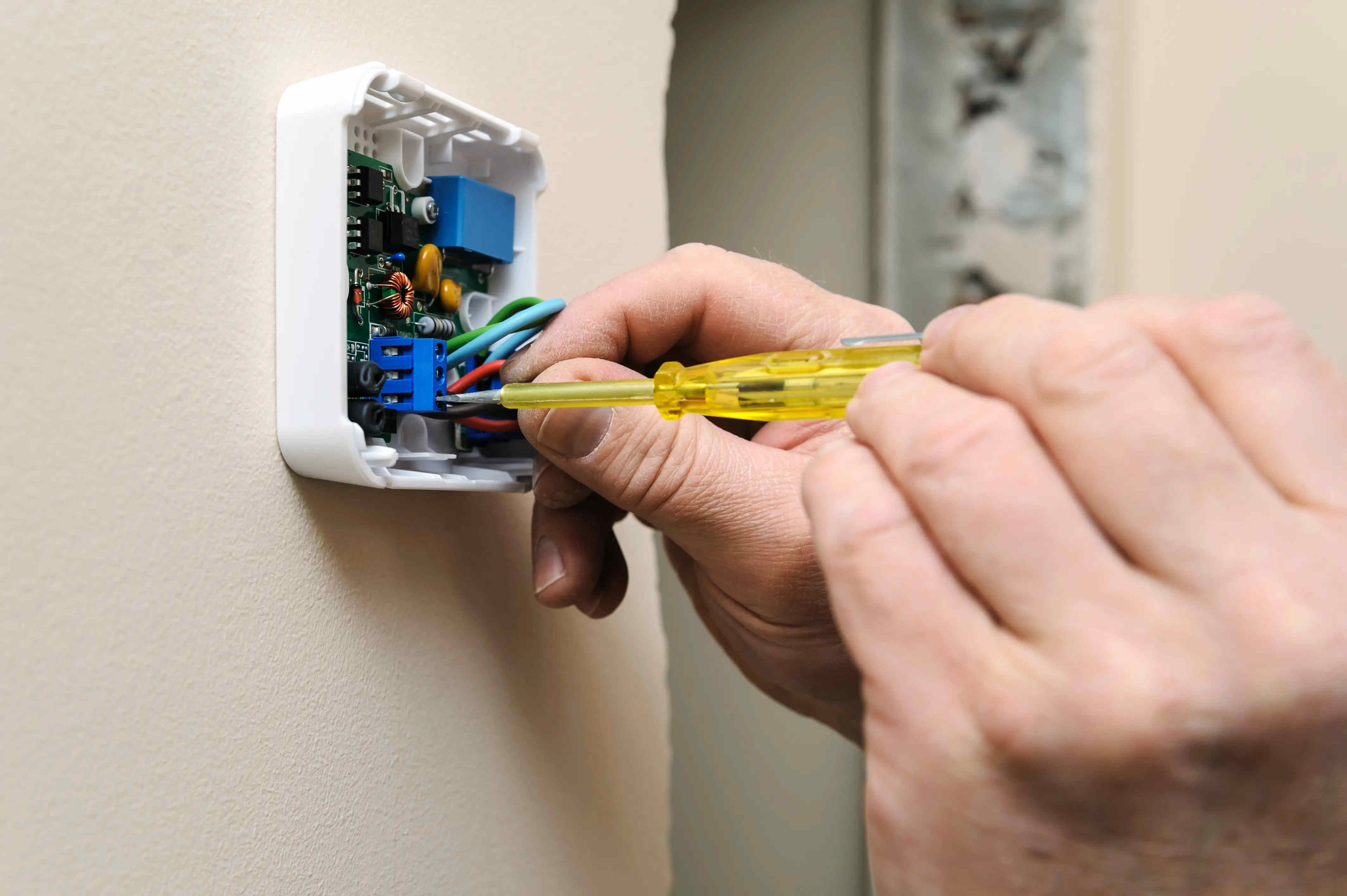
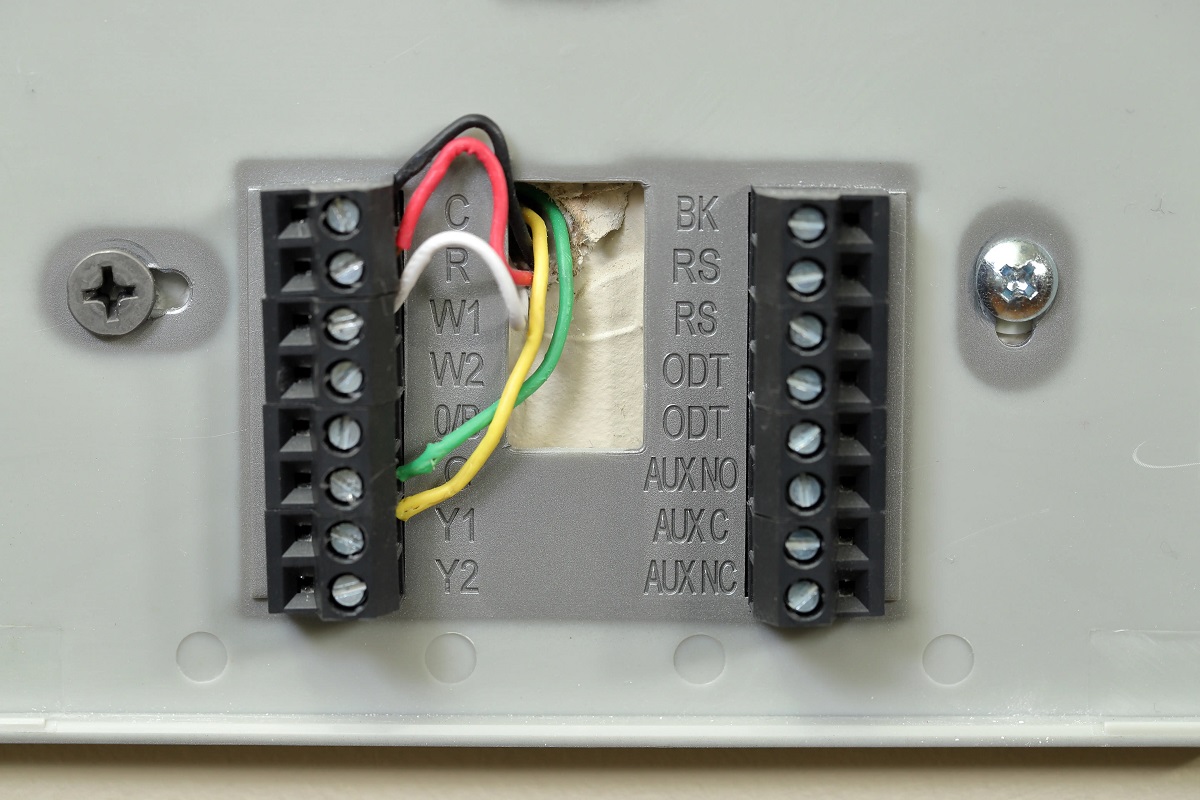
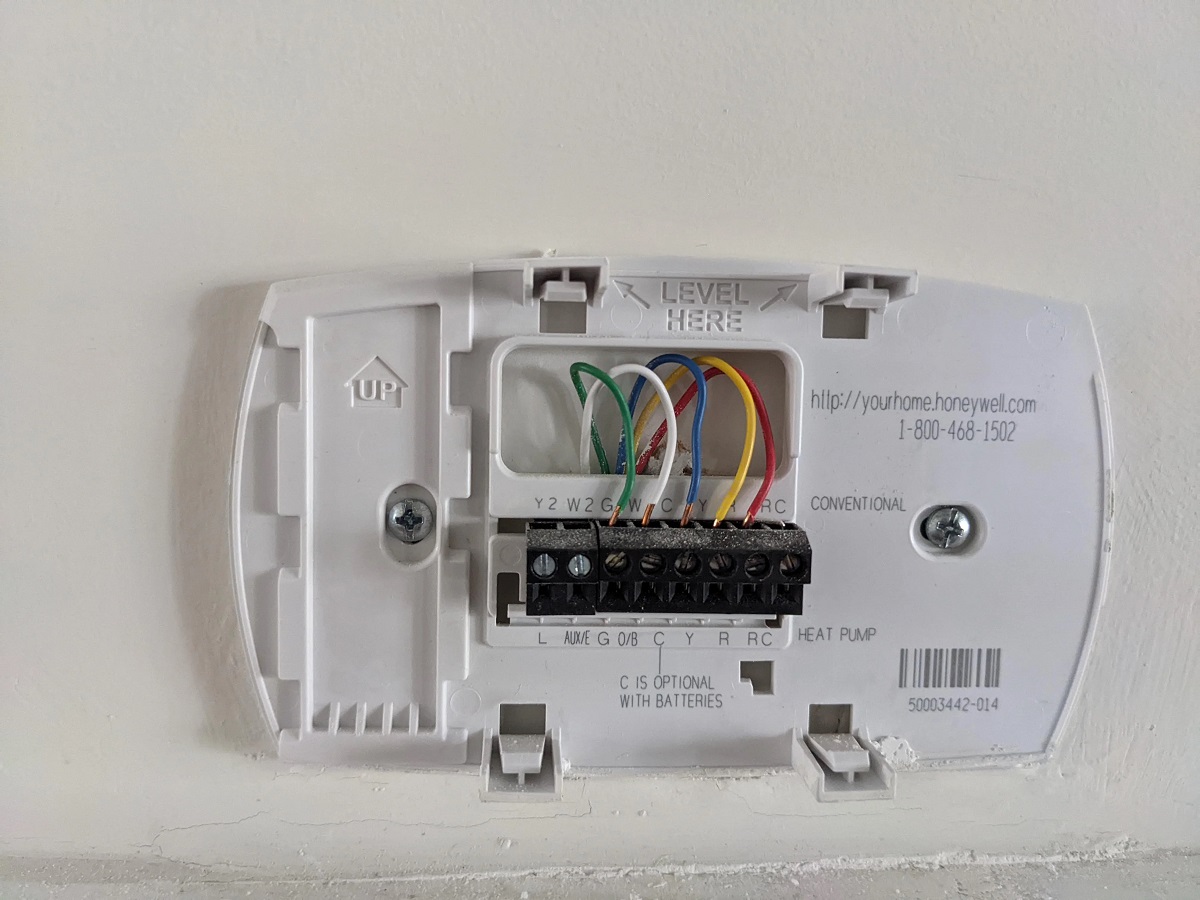
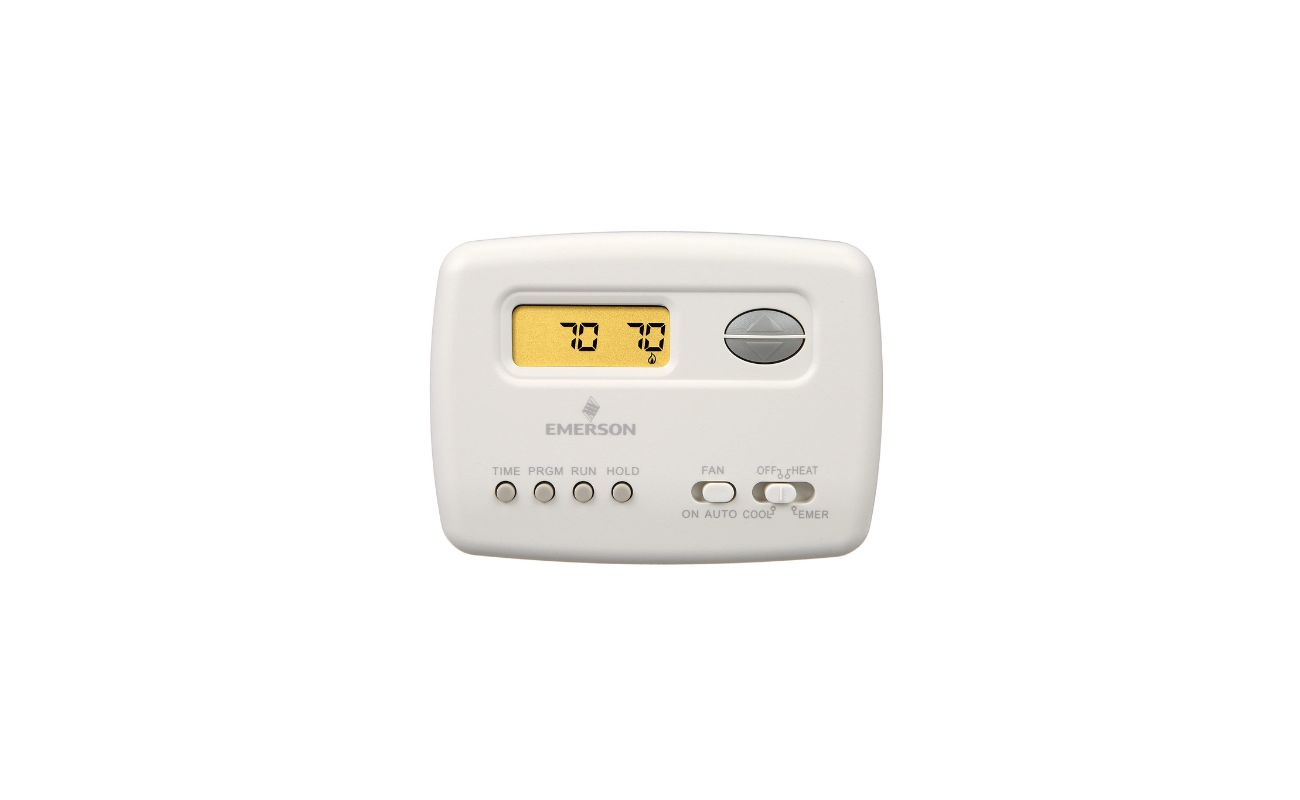
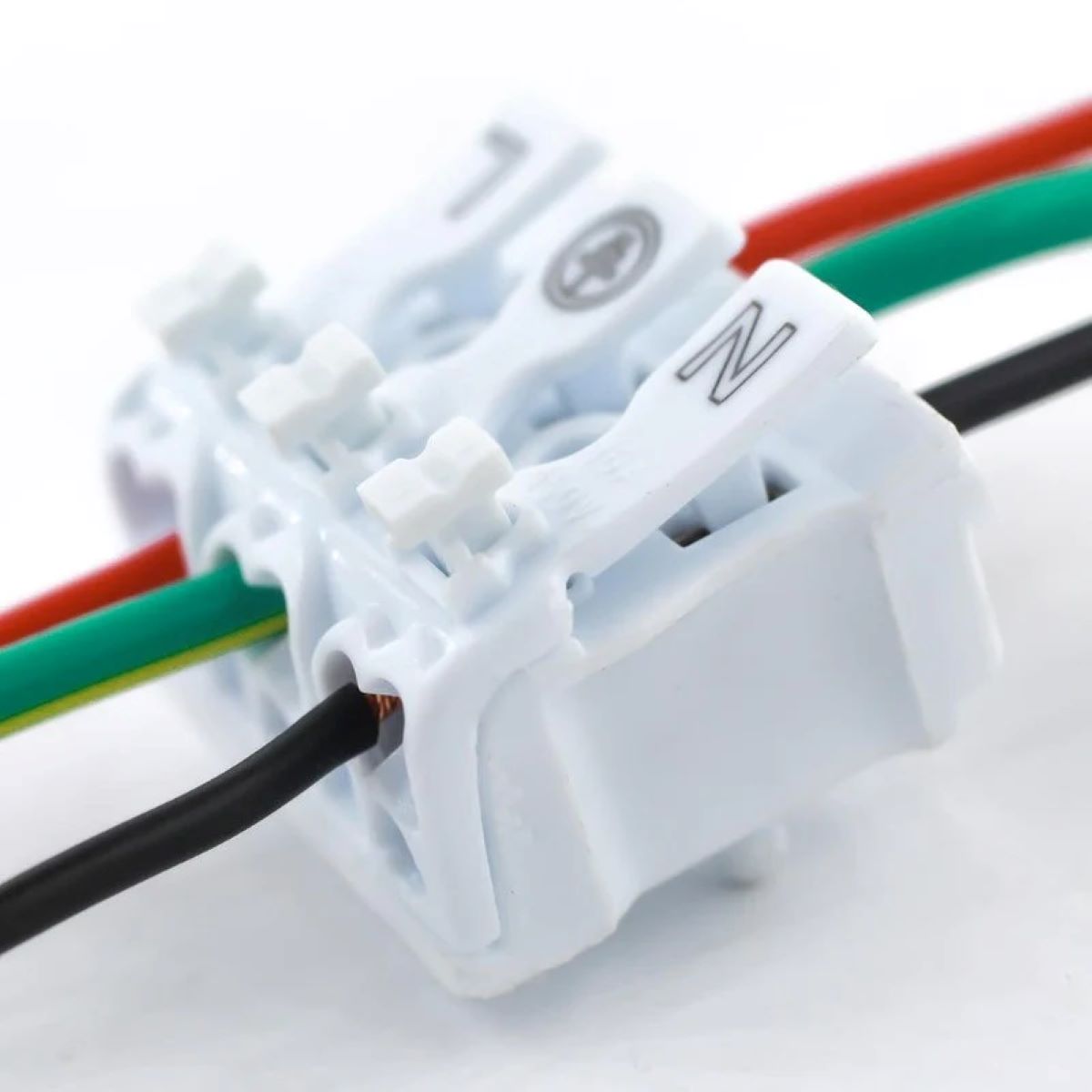
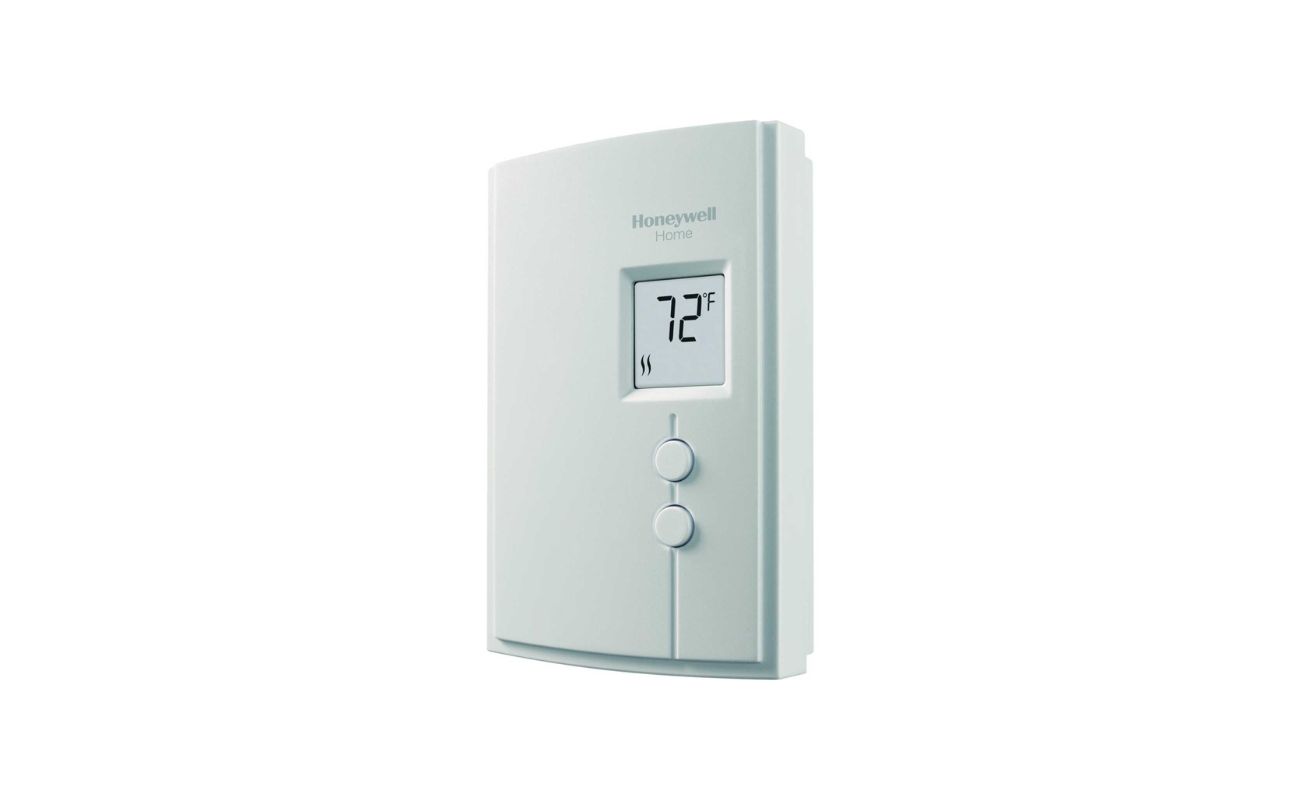
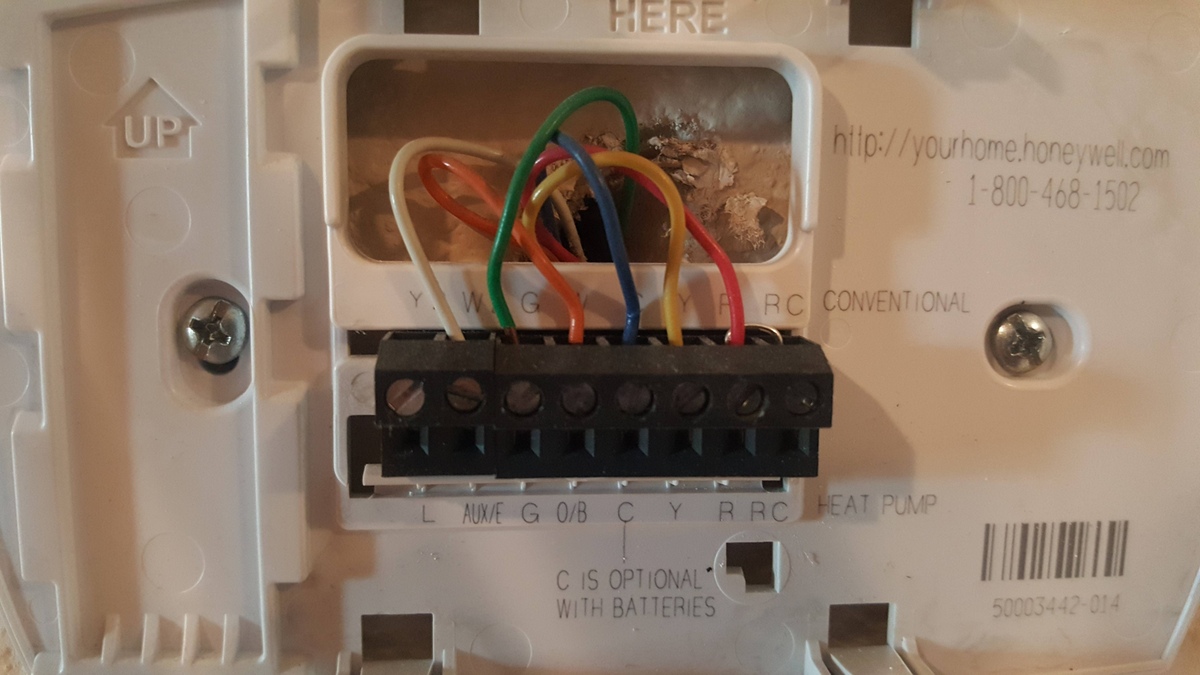
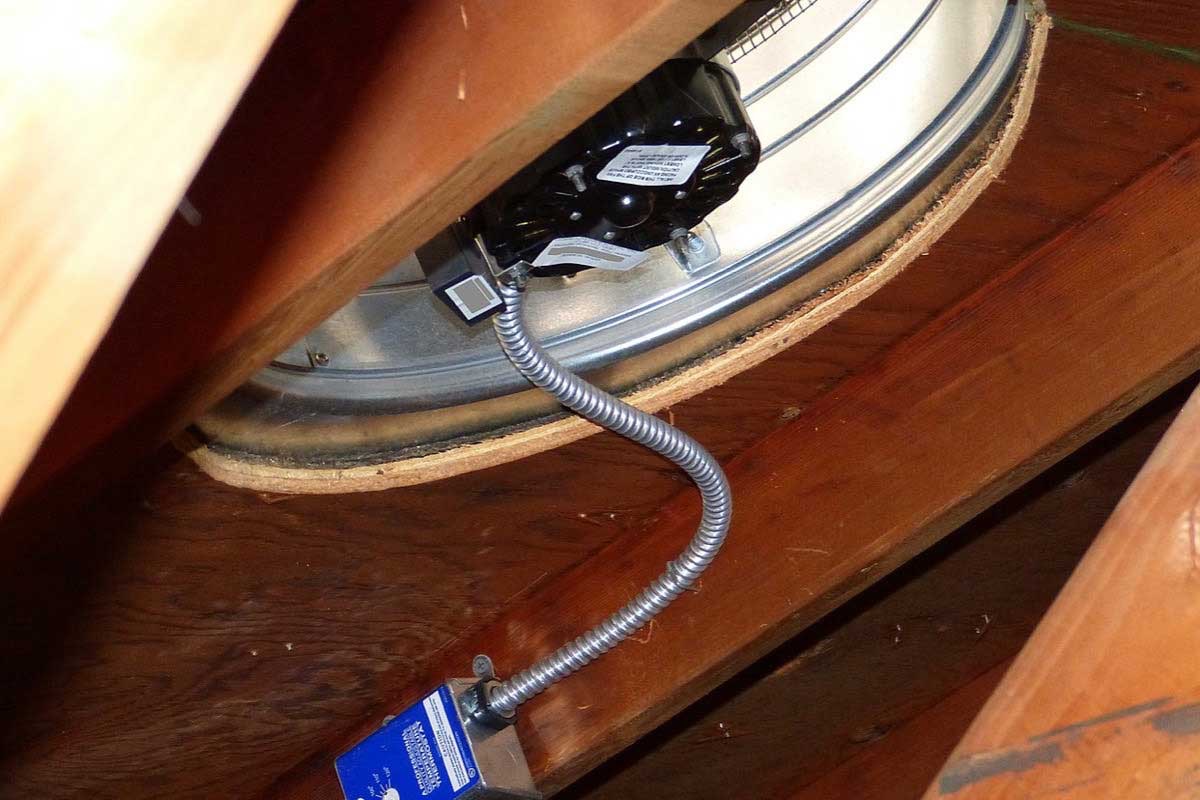

0 thoughts on “What Is The L Wire On A Thermostat”